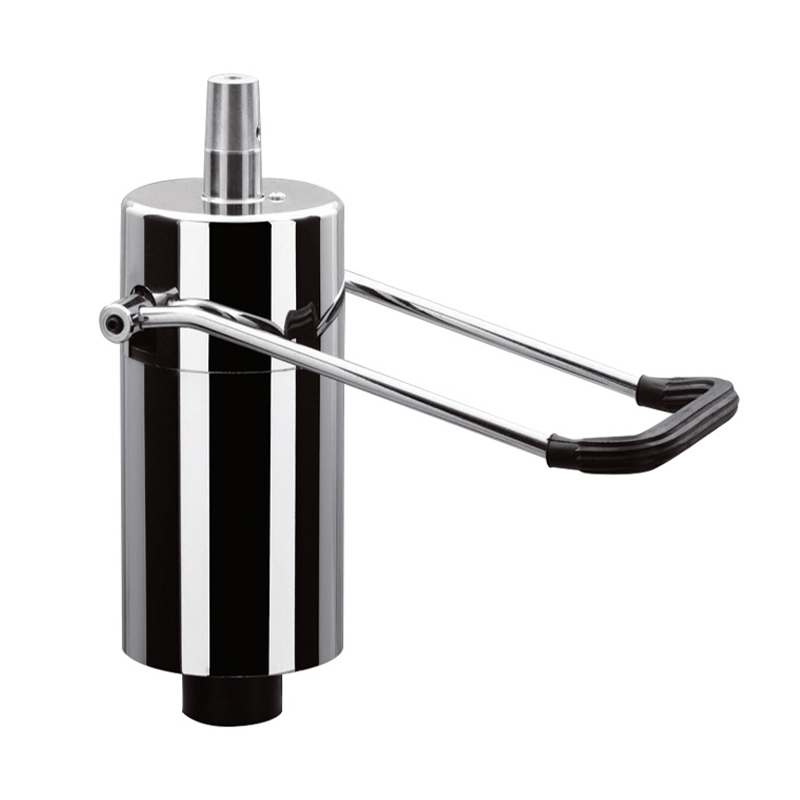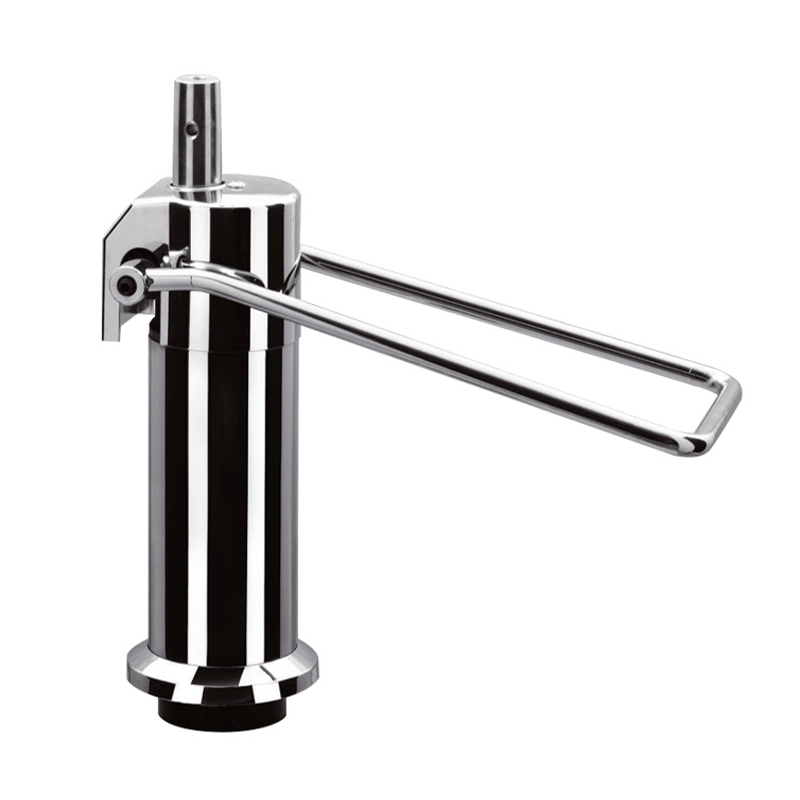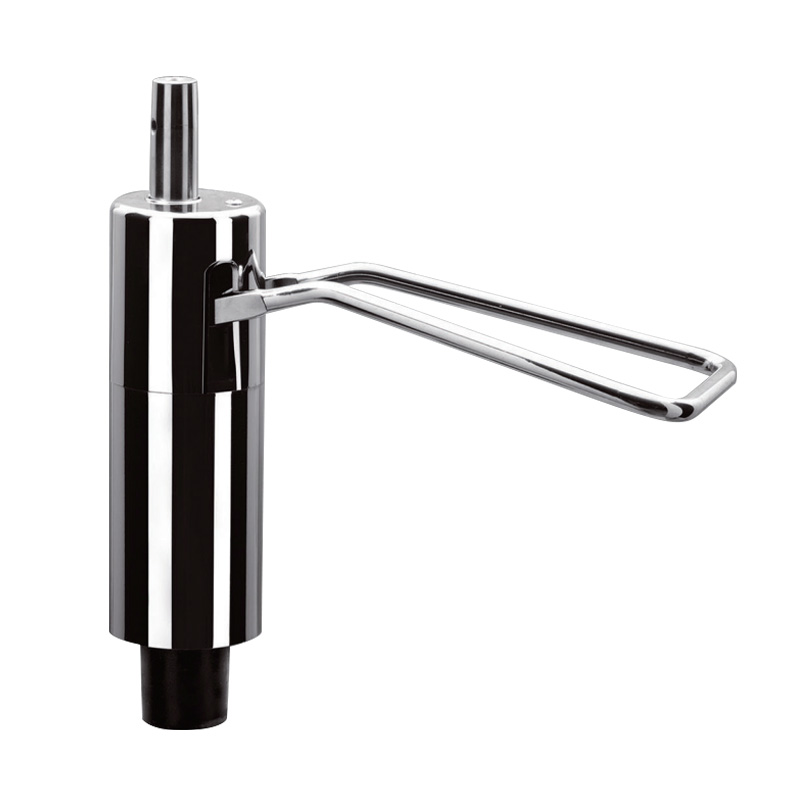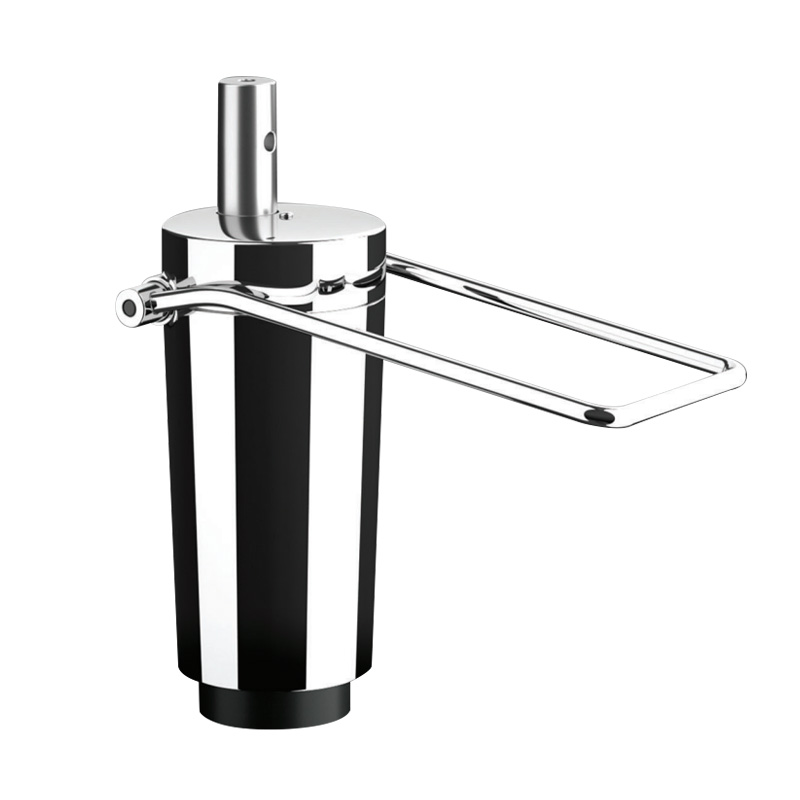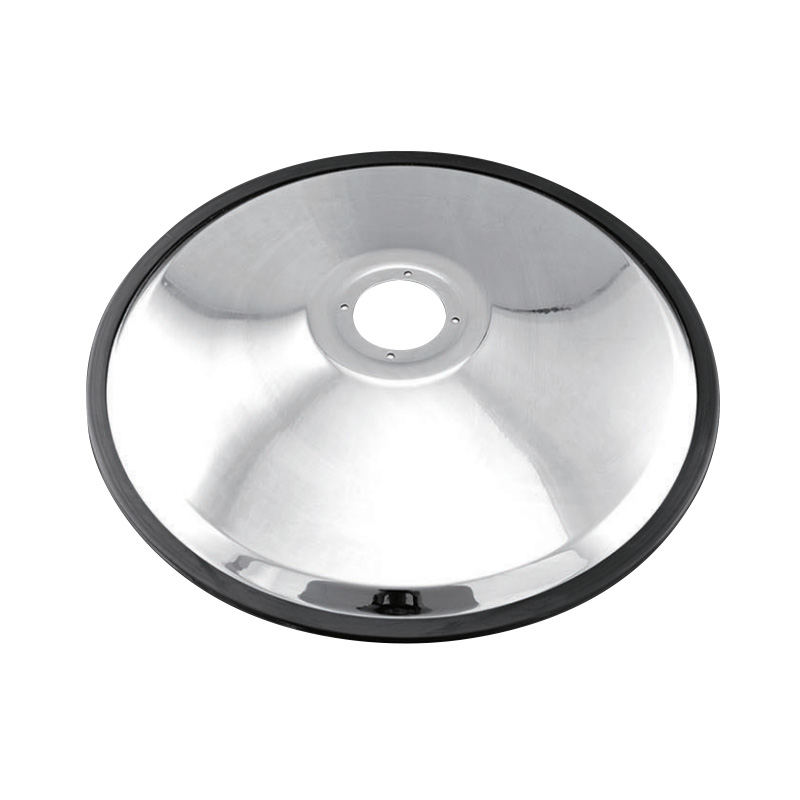The base plate for salon chair is a crucial yet often overlooked component that plays a significant role in the chair's stability, durability, and overall aesthetic. While the seat and backrest receive more of the attention in terms of comfort and design, the base plate provides the essential foundation that supports both the client and stylist during salon services. Selecting the right base plate is vital for safety, ease of use, and long-term performance.
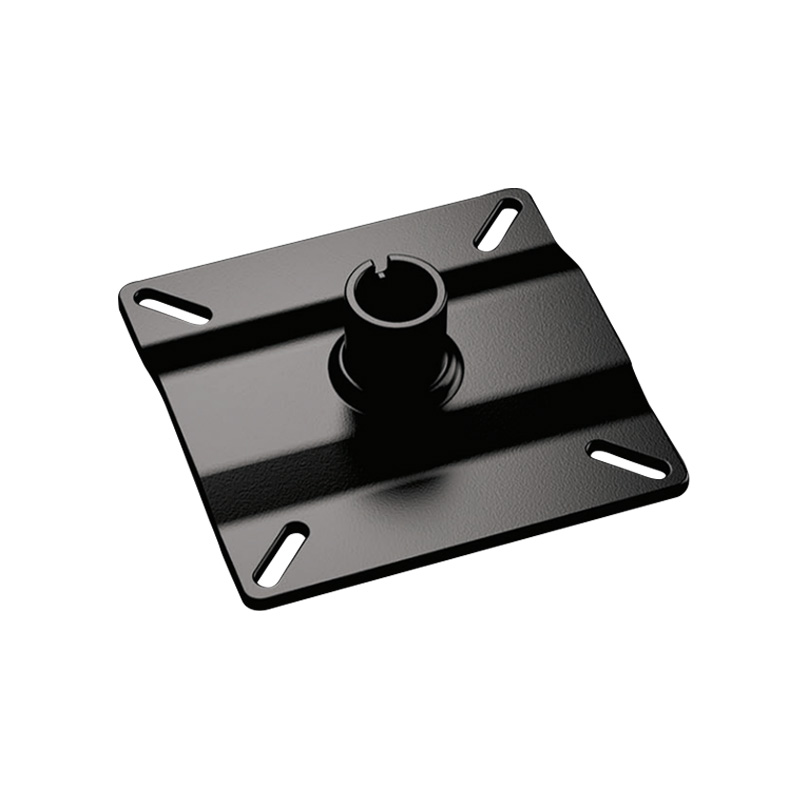
The base plate is the part of the salon chair that connects the seat to the hydraulic pump or pedestal and rests on the salon floor. It bears the entire weight of the user and absorbs movement, making it critical for balance and safety. A well-designed base plate prevents tipping, ensures smooth rotation, and contributes to the chair's overall sturdiness.
Besides functionality, the base plate also influences the chair's appearance. It can complement the style of the chair and the salon's décor. Hence, selecting the right base plate balances both form and function.
Choosing the right base plate involves understanding several important factors:
1. Material Quality and Durability
Salon chair base plates are typically made from metals such as steel, stainless steel, or aluminum alloys. Each material offers different advantages:
Steel: Known for its strength and durability, steel base plates are heavy and provide stability. They are often powder-coated or painted to prevent rust.
Stainless Steel: Offers corrosion resistance and a polished look, making it suitable for wet environments like shampoo stations.
Aluminum: Lightweight and rust-resistant, aluminum base plates are easier to move but may sacrifice some weight-related stability.
Durability is essential since the base plate undergoes constant pressure and movement. A high-quality material extends the lifespan of the chair and ensures client safety.
2. Base Plate Shape and Design
Common base plate designs include round, square, and hexagonal shapes. Each has its characteristics:
Round Base Plates: Popular for their balanced look and smooth edges. They evenly distribute weight and offer easy rotation.
Square Base Plates: Provide a modern, angular appearance. They tend to be stable but may appear bulkier.
Hexagonal or Other Shapes: Used for specialty chairs, offering unique aesthetics but requiring careful weight distribution analysis.
The shape can affect both the chair's stability and the stylist's movement around it.
3. Size and Weight Capacity
The diameter of the base plate is a critical factor. Larger plates typically offer more stability but take up more floor space. The appropriate size depends on the chair's design and expected client weight. Many salon chairs accommodate users up to 250 to 300 pounds, so base plates must be rated accordingly.
Choosing a base plate with adequate weight capacity reduces the risk of tipping or wobbling, contributing to a safe environment.
4. Finish and Maintenance
The finish on a base plate impacts its appearance and maintenance needs. Common finishes include:
Chrome Plating: Offers a shiny, reflective surface that complements many salon designs. It is easy to clean but can show fingerprints.
Powder Coating: Provides a matte or glossy finish in various colors. It is durable and resistant to chipping.
Polished Metal: A sleek finish that enhances modern aesthetics but may require frequent polishing.
The finish should match the salon's style while being practical for cleaning and durability.


 En
En  Português
Português عربى
عربى

